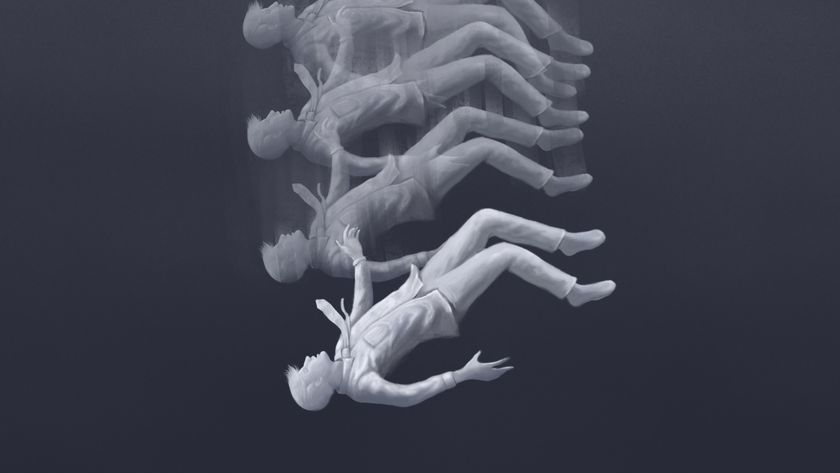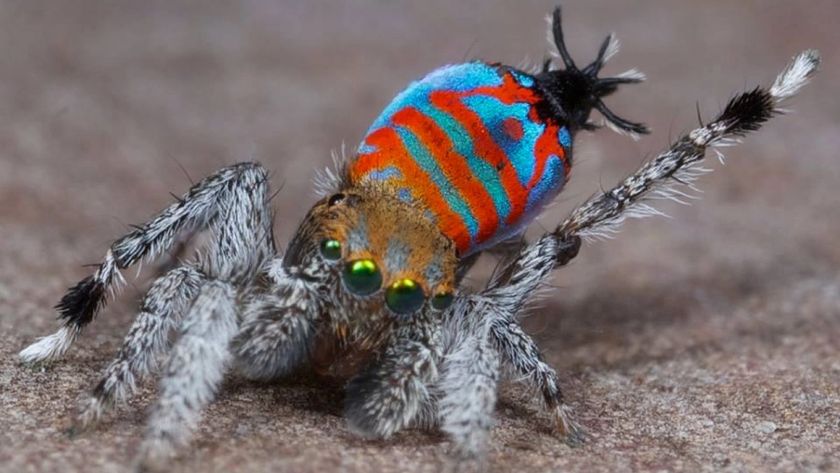Violent Dreams May Presage Brain Disorders Decades Later

A rare sleep disorder in which people act out their dreams, sometimes with violent thrashes, kicks and screams, may be an early sign of brain disorders down the line, including Parkinson's disease and dementia, a new study suggests.
The results suggest the incipient stages of these neurodegenerative disorders might begin decades before a person, or doctor, knows it, according to the researchers, who detail their findings online July 28 in the journal Neurology.
The researchers examined Mayo Clinic medical records to identify cases of the so-called REM sleep behavior disorder reported from 2002 to 2006. The researchers identified 27 patients who developed the REM sleep behavior disorder at least 15 years before showing symptoms of neurodegenerative ailments.
Of these patients, 13 developed what was likely dementia and mild cognitive impairment, 12 developed Parkinson's disease, one person Parkinson's-dementia, and one person multiple system atrophy (a disorder that causes symptoms similar to Parkinson's). The dementia category included dementia with Lewy bodies, which is the most common form of progressive dementia, defined partly by recurrent visual hallucinations.
Results showed the time between the start of the sleep disorder and the symptoms of the neurologic disorders ranged up to 50 years.
Scientists have estimated the REM sleep disorder has an estimated prevalence in adults of 0.4 percent to 0.5 percent and predominantly affects older adults. The main symptom of REM sleep behavior disorder is dream-enacting behavior, which can end in the person injuring themselves or a bed mate. When the person awakes, he or she might vividly recall the dream corresponding to the kicking or thrashing around. Past research has suggested a link between the dream-enacting behaviors and certain neurodegenerative ailments.
"A long-duration preclinical phase has important implications for epidemiologic studies and future interventions designed to slow or halt the neurodegenerative process," the researchers conclude.
Sign up for the Live Science daily newsletter now
Get the world’s most fascinating discoveries delivered straight to your inbox.
- Top 10 Spooky Sleep Disorders
- 5 Things You Must Know About Sleep
- Top 10 Mysteries of the Mind
Jeanna Bryner is managing editor of Scientific American. Previously she was editor in chief of Live Science and, prior to that, an editor at Scholastic's Science World magazine. Bryner has an English degree from Salisbury University, a master's degree in biogeochemistry and environmental sciences from the University of Maryland and a graduate science journalism degree from New York University. She has worked as a biologist in Florida, where she monitored wetlands and did field surveys for endangered species, including the gorgeous Florida Scrub Jay. She also received an ocean sciences journalism fellowship from the Woods Hole Oceanographic Institution. She is a firm believer that science is for everyone and that just about everything can be viewed through the lens of science.












